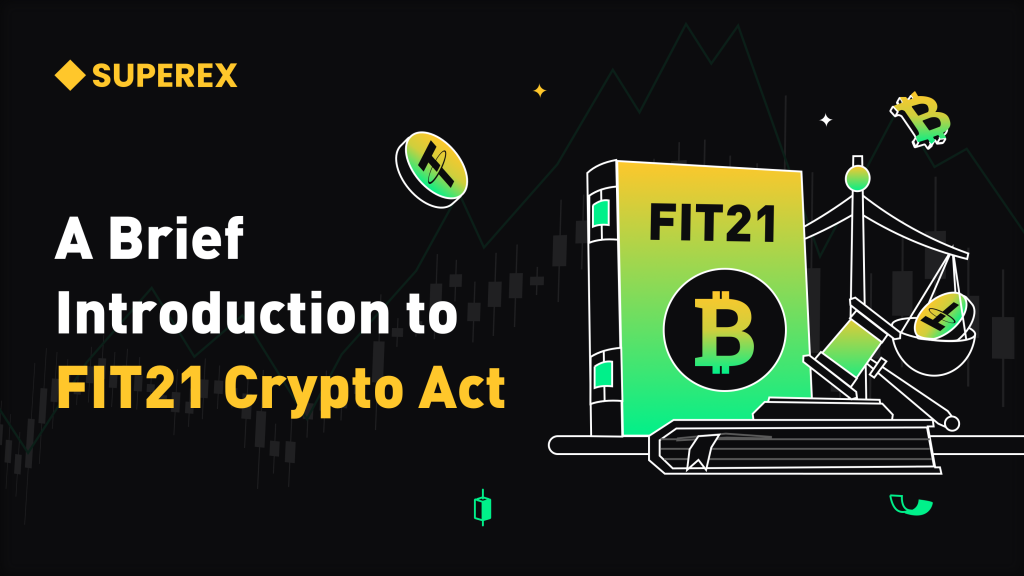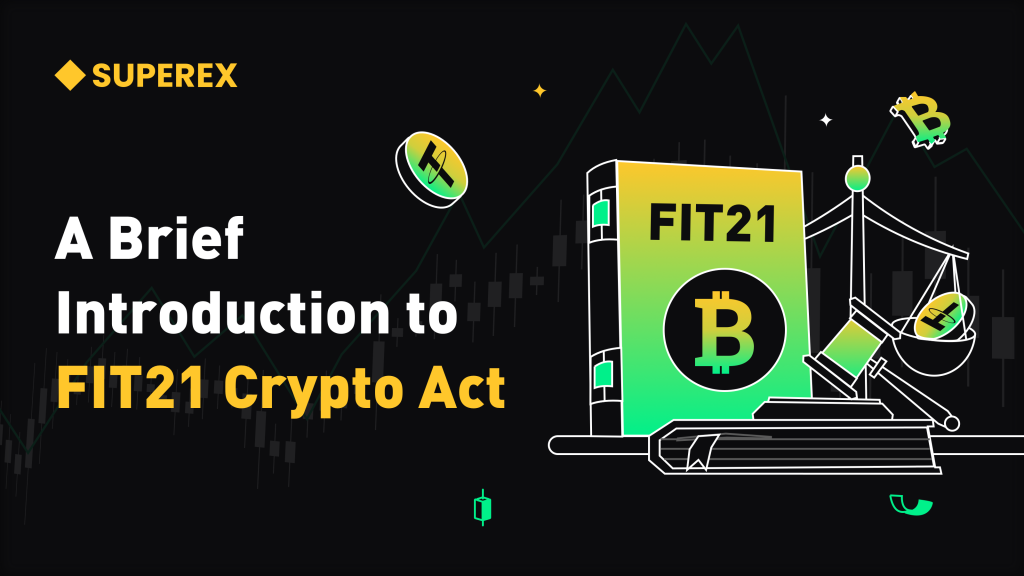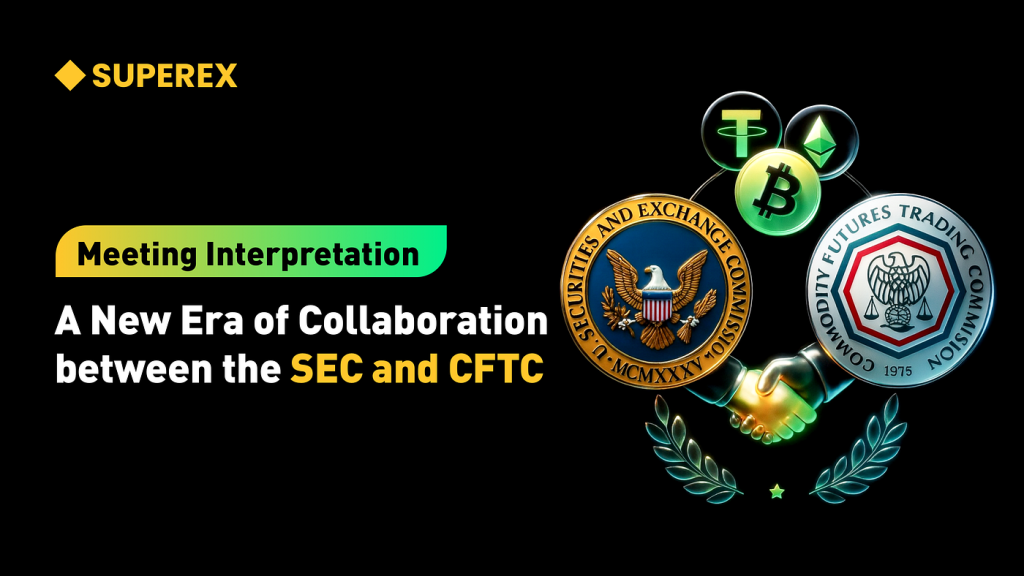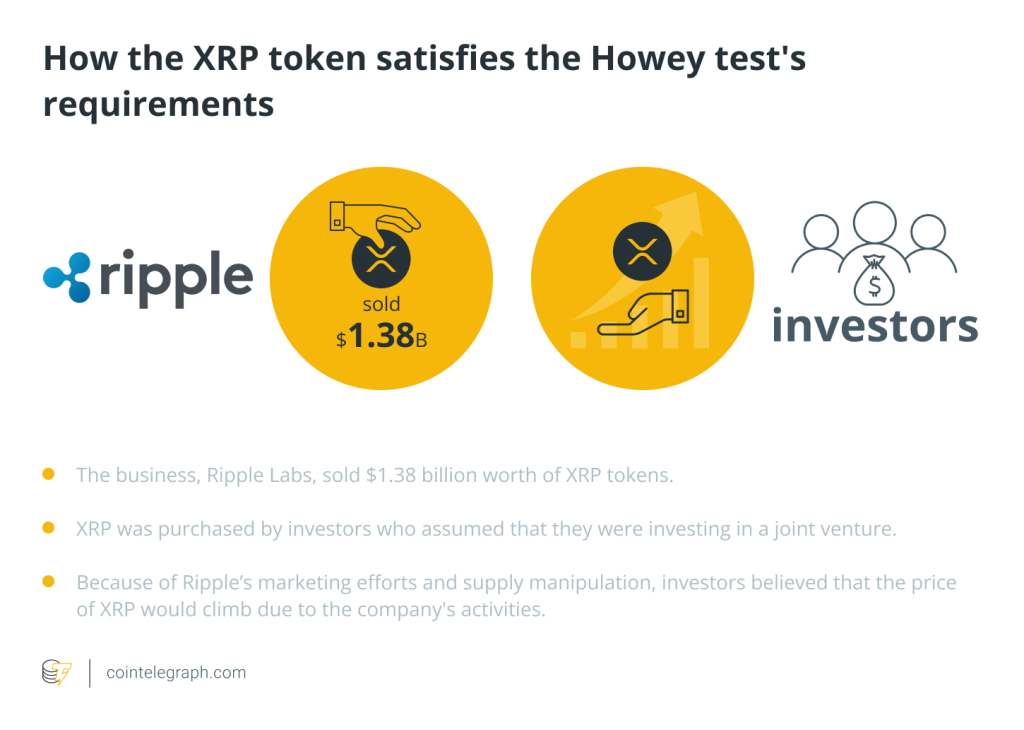FIT21 Encryption proposal, CFTC replaces SEC as the main supervision agency

On May 22, 2024, the US House Rules Committee voted unanimously on the Financial Innovation and Technology for the 21st Century Act (FIT21), which was ultimately passed by the House with 279 votes to 136. The proposal established a supervision framework for digital assets and could become one of the most far-reaching laws currently affecting Crypto.
The key point of this proposal is that it coincides with the approval of ETH spot ETF applications (Form 19b-4). Whether by coincidence or by chance, the passage of FIT21 effectively standardizes the supervision framework for digital assets, providing guidance for more cryptocurrency asset spot ETF applications and compliance paths in the future.
After May 22nd, it can be fully declared that the gray era that has lasted for over a decade since the birth of Crypto has come to an end and officially entered the era of supervision.
- Click to register SuperEx
- Click to download the SuperEx APP
- Click to enter SuperEx CMC
- Click to enter SuperEx DAO Academy — Space

What is FIT21?
FIT21, abbreviated as Financial Innovation and Technology for the 21st Century Act, is the first proposal that attempts to comprehensively define how the United States should supervise the cryptocurrency market. It has a profound impact on the cryptocurrency market, and some market analysts have even publicly stated that FIT21 will affect the cryptocurrency world for the next decade.
FIT 21 has several key areas and terms:
· Define the jurisdiction of the Securities and Exchange Commission (SEC) or the Commodity Futures Trading Commission (CFTC)
· Provide consumer protection around transparency and disclosure of initiators and spokespersons
· Prohibit institutions from preventing people from using cryptocurrency
· Require the Ministry of Finance to study stablecoins
Simply put, FIT21 attempts to redefine its positioning under a decentralized system, with the core goal of transforming the labels surrounding the decentralized system from securities to digital commodities. This is a huge breakthrough, and as our title suggests, the CFTC replaces the SEC as the main supervision agency.
Note: There are two directions for defining digital assets, namely digital commodities and securities. The proposal stipulates that, depending on the direction of definition, the supervision of digital assets is jointly responsible by two main institutions:
· The Commodity Futures Trading Commission (CFTC) is responsible for supervising digital commodity trading and related market participants.
· The Securities and Exchange Commission (SEC) is responsible for supervising digital assets and their trading platforms that are considered securities.
Let’s now provide a detailed interpretation of the core content of the proposal:
1. Definition of Digital Assets
The proposal defines’ digital assets’ as an exchangeable form of digital representation that can be transferred from individual to individual without relying on intermediaries, and recorded on public distributed ledgers protected by cryptography. This definition encompasses a wide range of digital forms, from cryptocurrencies to tokenized physical assets.
2. Classification of digital assets
It should be noted that the proposal does not adopt a comprehensive redefinition of digital assets, but rather a refinement. The proposal proposes several key elements to distinguish whether digital assets belong to securities or commodities:
Investment contract: If the purchase of a digital asset is considered an investment and investors expect to profit through the efforts of entrepreneurs or third parties, the asset is usually considered a security.
Usage and consumption: If digital assets are primarily used as a medium for consumer goods or services, such as tokens that can be used to purchase specific services or products, they may not be classified as securities, but rather as a commodity or other non securities asset.
Decentralization level: The proposal specifically emphasizes the decentralization level of blockchain networks. If the network behind a digital asset is highly decentralized and lacks the central authority to control the functionality of the network or asset, the asset may be more inclined to be viewed as a commodity.
Function and technical characteristics: The technical construction and implementation methods of digital assets are also the basis for classification.
Marketing activities: How assets are promoted and sold in the market is also an important factor. If an asset is primarily marketed through the expected return on investment, it may be considered a security. On the contrary, if an asset is primarily marketed through the return on sale of a commodity, it may be considered a commodity.
Three standards:
Standard 1: Use and consume, rather than expecting capital appreciation as an investment
From this perspective, public chains, PoW tokens, and functional tokens are more in line with the standards. At present, most of the digital assets launched by public chain projects in the market serve as transaction media or payment methods to feed back the projects themselves. From an ecological perspective, the investment and trading behavior of these tokens in the secondary market is detached from the ecology itself. Although in the actual market, these assets may also be speculative purchases and holdings, from the perspective of design and primary use, they are more inclined to be seen as commodities.
Standard 2: Definition of the degree of decentralization
Control and influence: In the past 12 months, no individual or entity has had unilateral power, directly or through contracts, arrangements, or other means, to control or substantially change the functionality or operation of the blockchain system.
Ownership distribution: Within the past 12 months, there have been no individuals or entities associated with digital asset issuers, with a total ownership of over 20% of the total digital asset issuance.
Voting rights and governance: In the past 12 months, no individual or entity related to digital asset issuers has unilaterally guided or influenced the voting rights of more than 20% of digital assets or related decentralized governance systems.
Code contribution and modification: In the past three months, the digital asset issuer or related personnel have not made any substantial or unilateral modifications to the source code of the blockchain system, unless these modifications are to address security vulnerabilities, maintain routines, prevent network security risks, or other technical improvements.
Marketing and Promotion: In the past three months, digital asset issuers and their affiliates have not marketed digital assets to the public as an investment.
Among these defining standards, the more rigid ones are ownership distribution and governance rights. The 20% boundary line is of great significance for defining digital assets as securities or commodities. At the same time, due to the public transparency, traceability, and immutability of blockchain, the quantification of this defining standard will become clearer and more fair.
Standard 3: Functional and Technical Characteristics
The definition of digital assets in the proposal and how to connect them with underlying blockchain technology are the basis for determining how these assets are regulated. We have already explained the definition of digital assets above. Here, we will specifically explain how their connection with underlying blockchain technology determines supervision direction within the scope of meeting the definition of digital assets. This connection usually includes how assets are created, issued, traded, and managed:
Asset issuance: Many digital assets are issued through the programmatic mechanism of blockchain, which means their creation and allocation are based on preset algorithms and rules, rather than manual intervention.
Transaction verification: The transactions of digital assets need to be verified and recorded through consensus mechanisms in blockchain networks to ensure the correctness and immutability of each transaction.
Decentralized governance: Some digital asset projects have achieved decentralized governance, and users holding specific tokens can participate in the decision-making process of the project, such as voting on the future development direction of the project.
Simply put:
If digital assets primarily provide economic returns through automated blockchain programs or allow voting to participate in governance, they may be considered securities, as this indicates that investors are expecting benefits through management or corporate efforts.
If the function of digital assets is mainly as a medium of exchange or directly used for the acquisition of goods or services, they may be more inclined to be classified as goods.
The provision and sale of digital assets
· Exemption trading: specifies specific exemption situations for digital asset trading.
· Requirement: Set requirements for the provision and sale of certain digital assets.
· Enhanced disclosure requirements: It is required to enhance the disclosure information of digital assets.
· Certification: To certify certain digital assets.
Digital asset intermediaries registered with the SEC
The handling of digital goods and other digital assets: This establishes the supervision authority of the SEC over digital goods and other digital assets.
Registration and requirements: involve the registration of digital asset trading systems, and require rules related to digital asset brokers and traders.
Digital asset intermediaries registered with CFTC
The jurisdiction of CFTC over digital commodity transactions: clarifies the supervision scope of CFTC over digital commodity transactions.
Registration and regulation: This specifies the registration and supervision requirements for digital commodity exchanges, brokers, trading advisors, and commodity pool operators.
Other important terms and regulations
· The effective date of the law: Most provisions will come into effect 360 days after the enactment of the proposal, unless rule making is required, then they will come into effect 60 days after rule making.
· Coordination between SEC and CFTC: The two institutions will jointly formulate rules to promote fair and orderly development of the digital asset market and protect investors.
· International coordination: The SEC and CFTC will coordinate with foreign supervision agencies to establish consistent supervision standards for global digital assets.
· Bank Confidentiality Law: Digital asset trading systems are considered financial institutions and are subject to the Bank Confidentiality Law.
Looking at the overall situation, although the encryption industry has existed for over a decade, the United States, as a industry leader, does not yet have a comprehensive digital asset supervision framework. Therefore, the adoption of FIT21 is particularly important because its significance lies in regulating the supervision framework for digital assets and will affect what the next digital asset that may pass through spot ETFs is.
FIT21 is a watershed for encryption regulation in the United States and even the world.







Responses